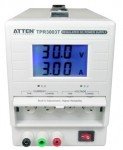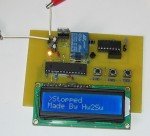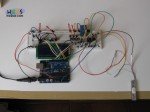
We have seen at the "How to assemble a low cost firewall with professional capabilities" article how to construct our cheap firewall.
It is now the time to install our software firewall on our hardware device.
The first step is to find the right pfSense version from the dedicated web site.
Take a look at the versions page to find out which version fits at your needs.
1)pfSense-2.X.X-RELEASE-arch.iso.gz --> Live CD/Full installer
2)pfSense-memstick-2.X.X-RELEASE-arch.img.gz --> USB stick installer
3)pfSense-2.0.1-RELEASE-size-arch-nanobsd.img.gz --> NanoBSD/embedded (Serial Console)
4)pfSense-2.0.1-RELEASE-size-arch-nanobsd_vga.img.gz --> NanoBSD/embedded (VGA Console)
In our case we will focus in the NanoBSD version embedded serial console.
From pfSense we see that the "embedded version is specifically tailored for use with any hardware using Compact Flash rather than a hard drive.
CF cards can only handle a limited number of writes, so the embedded version runs read only from CF, with read/write file systems as RAM disks".




